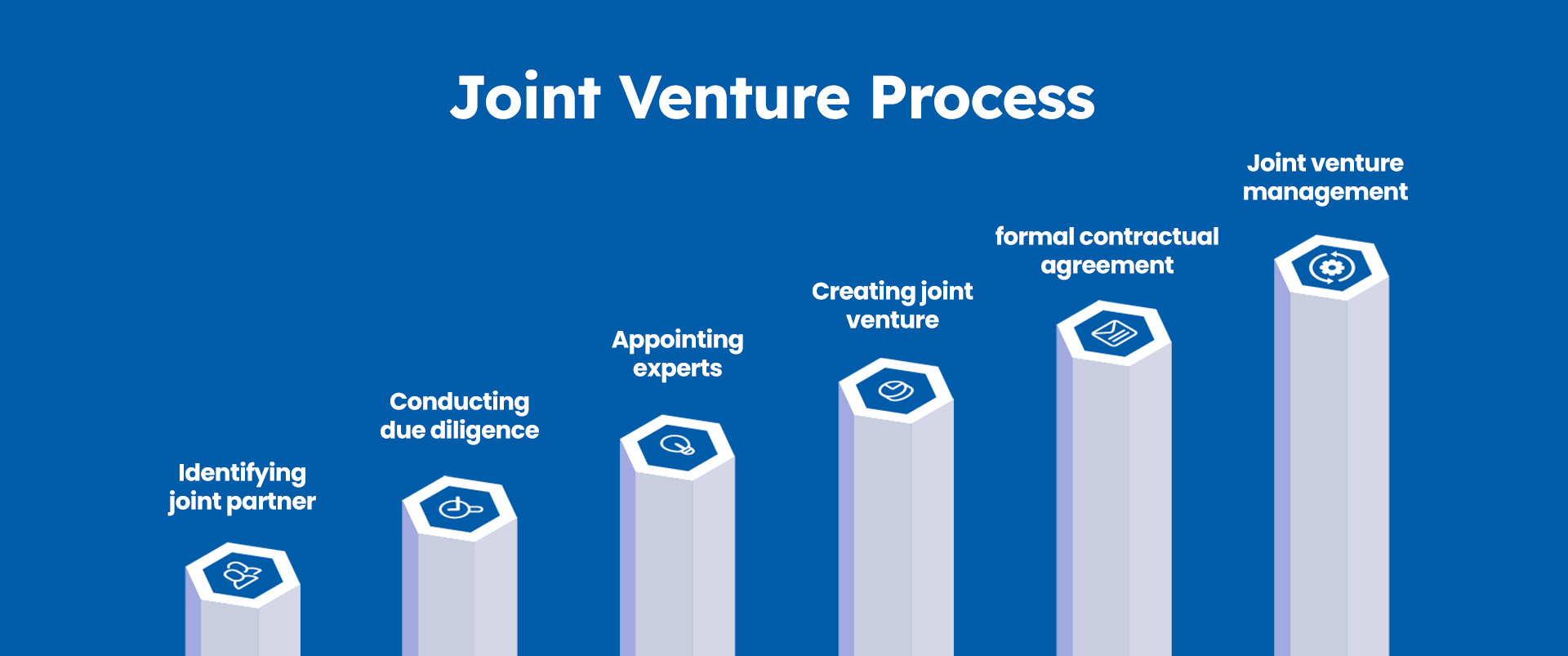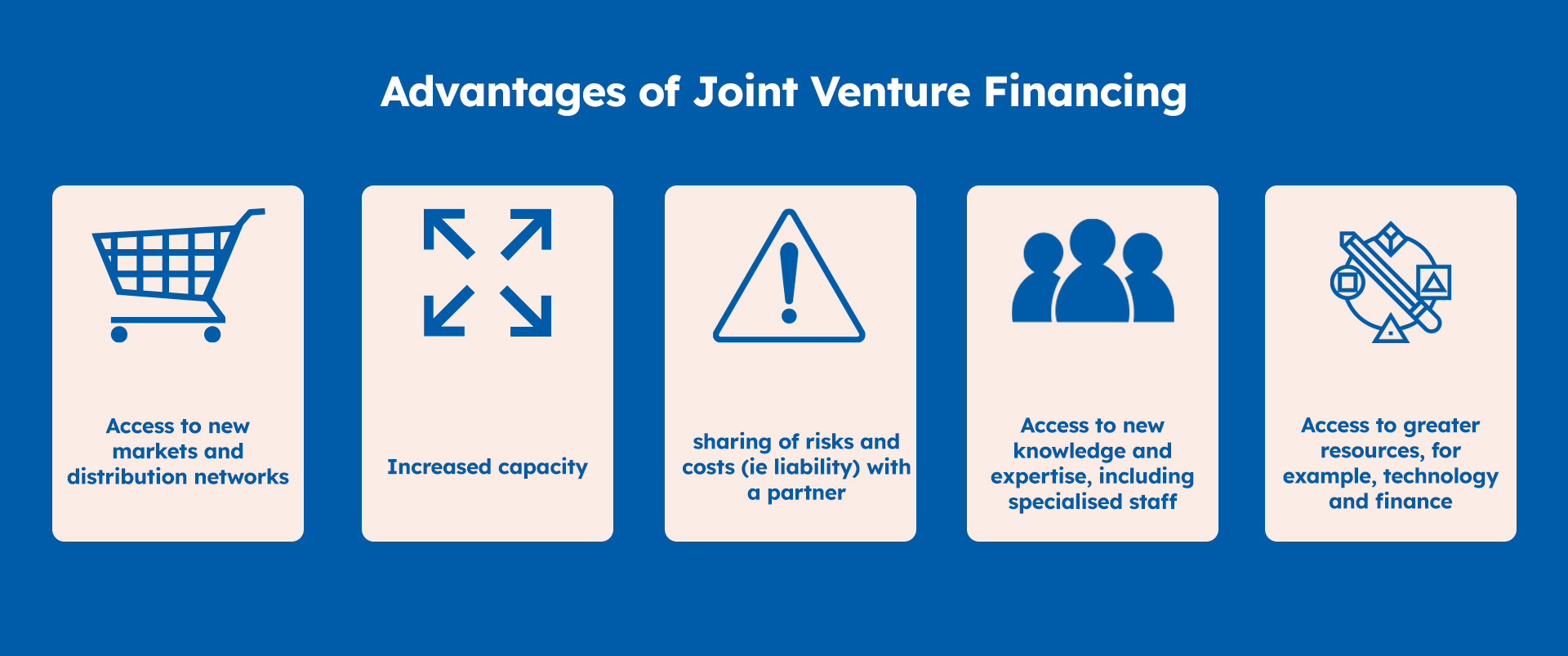-
- Introduction
- Understanding Joint Venture Finance
- What is a Joint Venture?
- When to Consider Joint Venture Finance
- The Joint Venture Process
- Benefits of Joint Venture Financing
- Drawbacks and Challenges
- Traditional Property Financing: Its Role in Property Development
- A Tried and True Approach for Property Financing
- Choosing a Suitable Financing Approach
- Real-World Case Studies
- Key Takeaways and Best Practices
- Conclusion
Introduction:
In property development, securing the right financing is a cornerstone of a successful project. The choices are diverse, each offering its own set of advantages and challenges. In this post, we delve into the critical decision faced by developers: Joint Venture Finance versus Traditional Financing. Following the favorable reception of our previous blog titled ‘How to get into Property Development: 10 Expert Tips‘ we are eager to delve further into the subject of Property Development.
While traditional financing, with its tried and tested methods, has long been the standard approach, the dynamic realm of real estate has witnessed the rise of joint venture finance as an alternative path to property development project funding. This article will explore the intricacies of both approaches, helping you decipher which financing avenue aligns best with your project’s goals and aspirations. Whether you’re an experienced developer seeking new insights or embarking on your first property development project, this article will equip you with the knowledge to make the right financial choices for your property development endeavours.
Understanding Joint Venture Finance
Joint venture finance is a dynamic concept that’s reshaping the property development landscape. It involves partnering with investors or other developers to pool resources, expertise, and capital. This approach opens doors to projects that might be financially out of reach on an individual basis. The allure of joint ventures lies in risk-sharing and access to a broader skill set. However, it also involves relinquishing some control and sharing profits. Understanding the dynamics of joint ventures, including partner selection and agreement structuring, is crucial for those considering this financing avenue.
What is a Joint Venture?
A Joint Venture is a strategic partnership between two or more businesses or entities that collaborate on a specific project or business activity. In a joint venture, the participants pool their resources, expertise, and capital to achieve a common objective, such as entering a new market, developing a new product, or pursuing a large-scale project. Joint ventures can be temporary or long-term agreements and are typically formed to leverage the strengths of each partner, share risks, and capitalise on mutually beneficial opportunities, leading to shared profits and responsibilities.
A Joint Venture is a strategic partnership between two or more businesses or entities that collaborate on a specific project or business activity.

When to Consider Joint Venture Finance
Deciding when to opt for joint venture finance is a pivotal aspect of the decision-making process. We’ll explore the types of projects that benefit most from this collaborative approach. Joint ventures are particularly attractive for ambitious projects with high capital requirements and when expertise or local knowledge is essential. Recognising the scenarios where joint ventures align with project goals is vital for developers looking to leverage this financing avenue effectively. Securing joint venture financing can be a big financial decision. To get big ideas on big decisions, sign up for a callback with us today.
The Joint Venture Process
Navigating the joint venture process requires finesse and strategic planning. It involves strategic collaboration between two or more parties to fund a shared project. It begins with identifying compatible partners and defining roles and contributions. Detailed negotiations follow, outlining financial commitments, profit sharing, and decision-making frameworks. Legal agreements, including Memorandum of Understanding (MoU) or Joint Venture Agreements, are drafted, clarifying terms and responsibilities. Once agreed upon, funds are pooled, and the project commences. Regular communication and transparent financial reporting are vital throughout, ensuring the venture’s success and aligning the partners’ interests for mutual benefit. Delving into the intricacies of this process will shed light on the steps necessary for a successful joint venture, from initial discussions to project execution.

Benefits of Joint Venture Financing
Joint venture financing offers a myriad of benefits. Joint Venture Financing allows real estate developers to undertake property development projects they might not have the means to tackle independently. Shared risk and reward, access to specialised expertise, and enhanced credibility in the eyes of lenders are also among the key advantages. We’ll explore these benefits in detail, providing a comprehensive picture of what makes joint ventures an attractive option.
Joint Venture Financing allows real estate developers to undertake property development projects they might not have the means to tackle independently.

Drawbacks and Challenges
While joint venture financing presents exciting opportunities, it isn’t without its challenges. Potential conflicts, decision-making complexities, and the need for consensus can pose hurdles. Balancing control and navigating differing objectives among partners requires skilful management. Partners must navigate complex negotiations, defining each party’s role, contribution, and profit-sharing terms, often leading to disagreements. Cultural and operational differences between partnering entities can create communication barriers and conflicts. Moreover, aligning diverse goals and strategies requires meticulous planning to ensure synergy. Financing discrepancies, especially in cases of unequal contributions, can strain relationships. Additionally, legal complexities, regulatory compliance, and differing risk tolerances demand extensive due diligence. Understanding the potential drawbacks and challenges helps developers make informed choices when considering joint ventures.
Traditional Property Financing: Its Role in Property Development
Traditional financing remains a foundation of property development. It plays a vital role in financing projects of varying scales and complexities. It involves various methods that can be tailored to suit a specific property development project’s needs. They facilitate both residential and commercial developments, contributing significantly to the growth of the UK property market. These financing avenues provide essential capital, ensuring the continual evolution of the nation’s urban landscape through various property development initiatives. Understanding the role of traditional financing within the broader spectrum of property development is crucial for developers exploring their financing options. If you’re looking for professional consultation on navigating various property development financing options, contact us to get started as a property developer.
A Tried and True Approach for Property Financing
The ultimate decision between joint venture finance and traditional financing is pivotal. We’ll discuss the factors that should guide your choice, considering project specifics, risk tolerance, and long-term objectives. Making an informed decision that aligns with your unique circumstances is essential for successful property development. Selecting a property development finance approach requires careful consideration of several key criteria.
- Project Scale and Timeline: Short-term projects might benefit from bridge loans, while long-term endeavours could require traditional mortgages. Evaluate interest rates, ensuring they align with the project’s financial goals.
- Finance Flexibility: some methods offer adaptability in changing circumstances. Creditworthiness and financial stability also play vital roles; lenders often assess these factors before approval.
- Repayment Structures: Weighing the impact of repayment plans on cash flows and their effect based on your particular business. Some of the highest liquidity industries include land subdivision, death care services, grocery stores and real estate (such as property management and appraisals).
Choosing a Suitable Financing Approach
Traditional Financing methods have long been the bedrock of property development. This approach encompasses bank loans, mortgages, and other established financial instruments. The familiarity and stability associated with traditional financing can be comforting, and it offers a clear path from application to approval. Traditional property development finance methods offer stability through established banking channels and often lower interest rates for developers. They also provide structured repayment plans, fostering financial planning. Moreover, traditional lenders usually require rigorous due diligence, to ensure project feasibility. However, these approaches may involve stringent eligibility criteria, causing difficulty for new developers. The approval process can be time-consuming, delaying project commencement. Additionally, rigid terms might limit flexibility, making it challenging to adapt to unforeseen circumstances. Striking a balance between stability and adaptability is key in traditional property development financing.
Real-World Case Studies
Real-world case studies provide invaluable insights into the practical application of both financing approaches. We’ll examine success stories of joint ventures that have thrived, as well as traditional financing triumphs and challenges. These real-life examples offer a glimpse into how each approach plays out in the dynamic property development arena.
Battersea Power Station
One notable successful joint venture finance project in the UK is the Battersea Power Station redevelopment. Malaysian investors and a British real estate company collaborated, pooling resources for this iconic London landmark. The venture combined local expertise with international capital, ensuring sustainable growth.
Westfield Stratford City Shopping Complex
Another example is the Westfield Stratford City Shopping Complex, a joint venture between Australian and UK firms. Their collaboration reshaped East London, demonstrating how diverse expertise and shared investment can transform urban landscapes, underscoring the efficacy of joint venture finance in large-scale projects.
Key Takeaways and Best Practices
We’ll distil key takeaways and offer best practices for navigating the complex world of property development financing. Whether you’re leaning towards a joint venture or traditional financing, these insights will serve as a practical guide to ensure your project’s success while mitigating potential pitfalls.
- Thorough market research helps identify lucrative opportunities, aligning investments with demand.
- Developing a comprehensive financial plan, including budgeting and risk assessment, is vital.
- Negotiating favourable terms with lenders, considering interest rates and repayment flexibility, ensures financial stability.
- Regular monitoring of market trends and interest rate fluctuations allows timely adjustments.
- Diversifying funding sources minimises risk while maintaining a strong credit profile enhances borrowing capacity.
- Timely and transparent communication with stakeholders ensures trust.
These practices enable a resilient property financing process, ensuring sustainable growth and profitability. Each of these best practices of property development financing helps aspiring property developers make informed choices. For more information on Property Development Finance, visit our dedicated page here.
Conclusion:
In property development, choosing the right financial avenue is key to your success. This exploration has detailed the dual paths of joint venture finance and traditional financing, each with its benefits and intricacies. While traditional financing remains a steadfast foundation, joint venture finance emerges as a bold alternative, offering shared risk and expanded possibilities. The choice between these paths hinges on project specifics, risk appetite, and long-term objectives. By grasping the subtleties of both approaches, developers can make informed decisions that harmonise with their unique circumstances, paving the way for prosperous property development endeavours. Whether you tread the traditional route or embrace collaborative ventures, financial success awaits those who navigate this landscape with acumen and vision.
This article is to educate the reader on information accurate at the time of writing. Lender criteria and policies are subject to constant change and it is strongly advised to contact our advisor to access the latest information. Big Property Finance can provide you with financial advice for your specific needs.
At Big Property Finance Ltd we provide fast finance for residential and commercial projects. Contact our property loan experts for your finance needs today. Email us at info@bigpropertyfinance.co.uk or call us at 0121 348 7830.
Summary:
-
-
- Property development financing is a critical decision.
- Joint venture finance involves collaboration and shared resources.
- Traditional financing includes bank loans and mortgages.
- Joint venture finance suits projects with high capital requirements.
- Traditional financing offers familiarity and stability.
- The joint venture process involves partner selection and agreements.
- Benefits of joint venture finance include risk-sharing and expertise.
- Drawbacks include conflicts and decision-making challenges.
- Traditional financing plays a pivotal role in property development.
- Choosing the right financing approach depends on project specifics.
- Real-world case studies provide practical insights.
- Key takeaways and best practices guide financial decisions.
-
Risk Warnings:
- When investing your capital is at risk.



